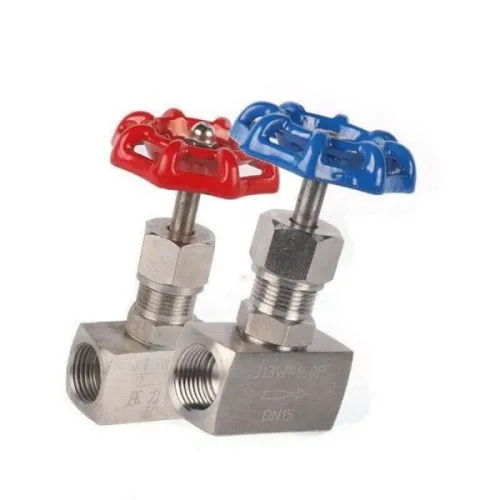2 inch check valve
Understanding the 2-Inch Check Valve Functionality and Applications
A 2-inch check valve is a crucial component in various piping systems, playing a vital role in ensuring the efficient and safe flow of liquids and gases. This simple yet effective device allows fluid to flow in one direction while preventing backflow, which can cause significant issues in many applications.
What is a Check Valve?
A check valve, also known as a non-return valve, is designed to allow fluid flow in a single direction. The primary function of this valve is to prevent backflow, which can lead to contamination, operational inefficiencies, and potential damage to equipment downstream. The 2-inch variant denotes the size of the valve's opening, making it suitable for medium flow applications.
How Does a 2-Inch Check Valve Work?
The operation of a check valve is straightforward. It consists of a valve body with an internal mechanism that opens in response to forward flow, allowing the fluid to pass through. When the flow direction reverses, the internal mechanism closes, effectively blocking the backflow. The most common designs include spring-loaded and swing check valves, each with specific advantages depending on the application.
- Swing Check Valve This design incorporates a disc hinged on a pivot. When fluid flows in the correct direction, the disc swings open. If flow attempts to reverse, the disc swings back to close the valve. - Spring-Loaded Check Valve This version uses a spring to help control the closure of the valve, allowing for a more rapid response to backflow conditions. It can be more effective in high-pressure applications.
Applications of 2-Inch Check Valves
2 inch check valve

2-inch check valves are prevalent in various sectors, including
1. Water and Wastewater Treatment In municipal systems, these valves prevent backflow into treatment facilities, protecting the integrity of the water supply.
2. Pumping Systems These valves are crucial in pump installations, ensuring that water or other fluids do not flow backward when the pump is turned off, which could damage the pump and disrupt the system.
3. Chemical Processing In industries where chemicals are transported, check valves help maintain the flow direction, avoiding contamination and ensuring safety. 4. HVAC Systems In heating, ventilation, and air conditioning, these valves help maintain pressure and flow direction, ensuring efficient operation.
5. Oil and Gas Industry Check valves are used in pipelines to prevent backflow, protecting equipment and maintaining system pressure.
Conclusion
In summary, the 2-inch check valve is an essential device used across various industries due to its simple operation and crucial role in preventing backflow. Its versatility and reliability make it a preferred choice in applications from water treatment to chemical processing. Understanding how these valves work and where they can be applied ensures that systems remain efficient and safe, thereby contributing to better operational outcomes in various engineering and industrial processes. When choosing a check valve, factors such as fluid type, pressure, and flow rate must be considered to ensure optimal performance and longevity of the system.
-
The Key to Fluid Control: Exploring the Advantages of Ball Valves in Industrial SystemsNewsJul.09,2025
-
The Versatile World of 1, 2, and 3 Piece Ball ValvesNewsJul.09,2025
-
Stainless Steel Ball Valves: The Ideal Choice for Efficient Flow ControlNewsJul.09,2025
-
Optimizing Fluid Control with Ball Float ValvesNewsJul.09,2025
-
Manual Gate Valves: Essential for Control and EfficiencyNewsJul.09,2025
-
Everything You Need to Know About Butterfly ValvesNewsJul.09,2025
-
The Versatility of Wafer Type Butterfly ValvesNewsJul.08,2025




